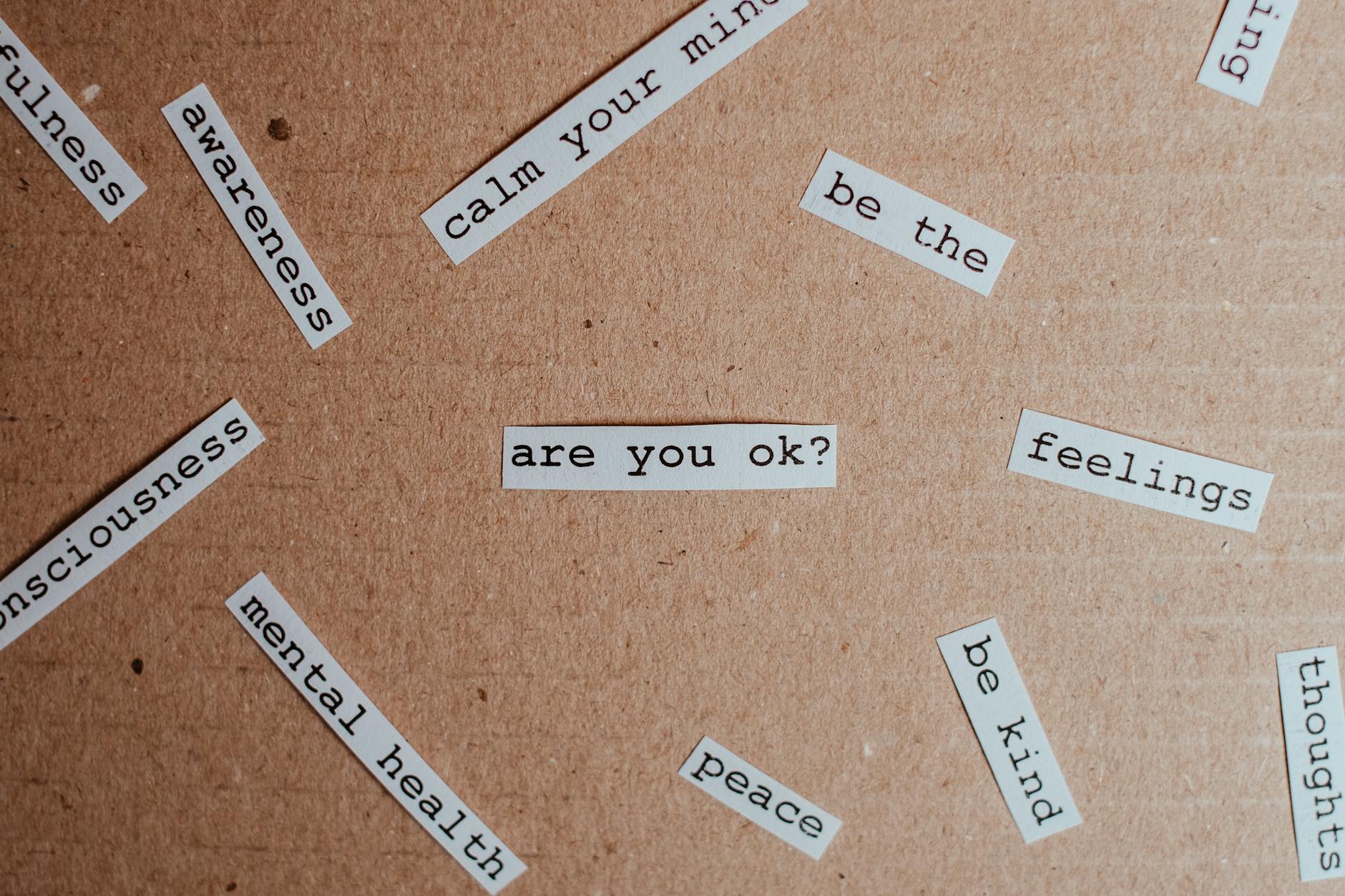Understanding Narcolepsy: Symptoms, Diagnosis, and Management
Narcolepsy is often misunderstood, yet it profoundly impacts the lives of those who experience it. Imagine being overwhelmed by sudden bouts of sleep in the middle of your day—while working, eating, or even driving. This neurological disorder disrupts the brain’s regulation of sleep and wakefulness, leaving individuals both physically and emotionally drained. Although no cure exists, proper management can help you regain control and improve your quality of life. Here’s what you need to know.
What is Narcolepsy?
Narcolepsy is a chronic neurological condition where your brain struggles to regulate sleep-wake cycles. As a result, you might feel excessively tired during the day or even fall asleep without warning. This “sleep attack” often happens unexpectedly, and its unpredictability can make everyday activities risky. Learn more about Narcolepsy.
There are two main types of narcolepsy:
- Type 1 (with cataplexy): Associated with sudden muscle weakness triggered by strong emotions. It’s linked to low levels of hypocretin, a brain chemical essential for staying awake.
- Type 2 (without cataplexy): Similar symptoms but without the sudden muscle weakness, and the exact cause is less understood.
While rare—affecting only about 1 in 2,000 people worldwide—the condition is life-altering, underscoring the importance of early diagnosis and effective treatment plans.

Symptoms of Narcolepsy
The symptoms of narcolepsy can vary, but they often include the following:
- Excessive Daytime Sleepiness (EDS): The hallmark symptom, where you feel overwhelmingly drowsy during the day regardless of sleep quality.
- Cataplexy: Sudden muscle weakness that can cause slurred speech, drooping eyelids, or even collapse. It’s triggered by strong emotions like laughter or fear (common in Type 1 narcolepsy).
- Sleep Paralysis: A temporary inability to move or speak during transitions between sleep and wakefulness.
- Hallucinations: Vivid, dream-like visuals or sensations upon falling asleep or waking up.
- Fragmented Nighttime Sleep: Contrary to what you might think, people with narcolepsy often wake up multiple times during the night.
If you’ve ever struggled to stay awake during a meeting or class, magnify that feeling tenfold—it mimics what living with narcolepsy often feels like.
For a closer look at early warning signs, read this guide on recognizing narcolepsy symptoms.
How is Narcolepsy Diagnosed?
Diagnosing narcolepsy goes beyond a simple consultation. Since its symptoms can mimic other conditions like epilepsy or depression, your healthcare provider will likely recommend a combination of the following:
- Detailed Medical History: Family history of sleep disorders and symptom tracking through a sleep diary.
- Polysomnography (PSG): An overnight sleep study to identify disruptions or abnormal sleep patterns.
- Multiple Sleep Latency Test (MSLT): Measures how quickly you fall asleep during the day and if you enter REM sleep shortly after.
- Hypocretin Level Testing: A spinal fluid test to check for deficient hypocretin levels, crucial for diagnosing Type 1 narcolepsy.
Because of its rarity and complex symptoms, there’s often a significant delay in diagnosis. If untreated, narcolepsy can severely impact your mental health, work, and personal safety.
What Are the Treatment Options?
While narcolepsy has no cure, treatment focuses on managing symptoms to improve daily functioning and overall well-being. Here’s what you might encounter:
Medications
- Wakefulness-Promoting Agents: Drugs like modafinil or solriamfetol, designed to combat excessive daytime sleepiness.
- Stimulants: Amphetamines or methylphenidates may be prescribed for severe cases, but they come with a risk of dependency.
- Sodium Oxybate: Known to improve nighttime sleep and reduce cataplexy and daytime sleepiness.
- Antidepressants: Selective serotonin reuptake inhibitors (SSRIs) and serotonin-norepinephrine reuptake inhibitors (SNRIs) work well for managing cataplexy, sleep paralysis, and hallucinations.
For a deeper dive, explore this resource on narcolepsy treatments.
Managing Narcolepsy in Your Daily Life
Living with narcolepsy requires more than just medication. Lifestyle changes and strategic planning play an essential role in regaining control:
- Establish a Consistent Sleep Routine: Aim for the same bed and wake times every day to regulate your body’s internal clock.
- Schedule Naps: Short, planned naps during the day can help reduce sleepiness.
- Create a Comfortable Sleep Environment: Minimize distractions like light or noise for more restful sleep.
- Exercise Regularly: Physical activity can improve energy levels and promote healthier sleep patterns.
- Dietary Adjustments: Avoid caffeine or heavy meals before bedtime to curb disruptions at night.
Additionally, open communication with your employer and educators about your condition can lead to better accommodations, such as flexible schedules or designated nap times.
Conclusion
Narcolepsy doesn’t have to define your life. With the right combination of medical treatment and tailored lifestyle changes, relief is possible. Awareness, early intervention, and consistent management can transform how you experience this condition. Remember, you’re not alone—resources and support groups are available to guide you through this journey.
Explore further knowledge about narcolepsy by visiting this comprehensive guide.